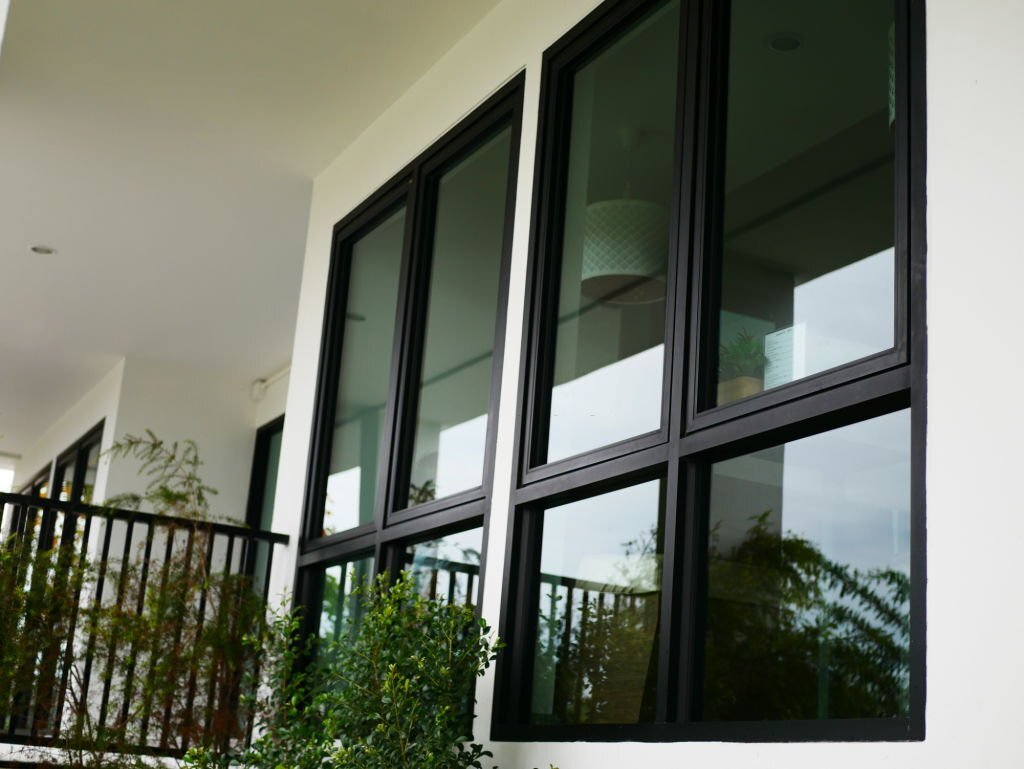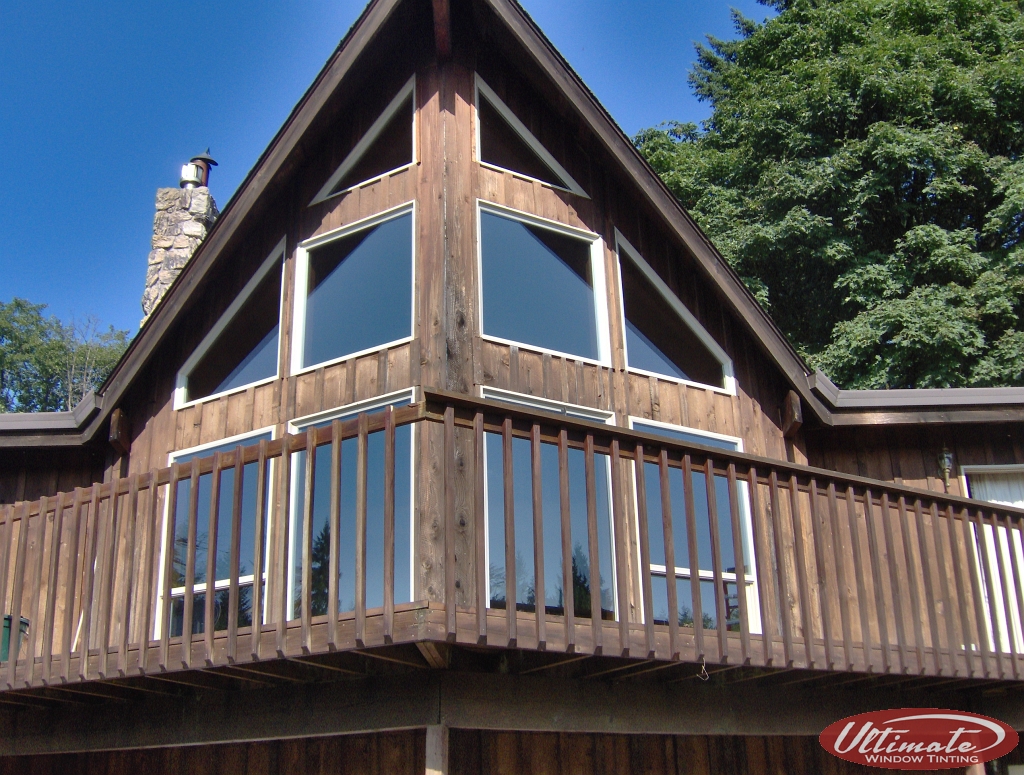How Residential Window Tinting Boosts Your Home's Power Effectiveness
Residential home window tinting provides a compelling solution for house owners looking for to enhance power performance within their living areas. By using specialized films to windows, it successfully minimizes warmth transfer, thus stabilizing indoor temperatures and reducing the requirement for too much heating or air conditioning.
Understanding Home Window Tinting
Recognizing window tinting is vital for house owners looking for to enhance both comfort and energy effectiveness in their home. Residential Window Tint. Window tinting involves the application of a slim film to the interior or outside surface area of glass windows. This film can considerably modulate the quantity of sunshine and warm that goes into a home, thus affecting indoor climate conditions
There are different kinds of window tinting movies readily available, each with distinctive homes. The efficiency of home window tinting is commonly measured by its Visible Light Transmission (VLT) percentage, which suggests just how much light can pass via the film.
Advantages of Energy Effectiveness
Window tinting not only improves looks but additionally plays a substantial duty in boosting power effectiveness within domestic areas. By lowering heat transfer via windows, tinted films produce a more steady interior climate, which can cause considerable reductions in energy usage for cooling and heating. This power effectiveness equates into reduced utility bills, supplying house owners with significant long-lasting savings.

Furthermore, home window tinting enhances the convenience of living rooms. By decreasing glare and obstructing unsafe UV rays, tinted home windows produce an even more enjoyable atmosphere, which can result in boosted wellness for occupants. The security versus UV rays likewise aids preserve furniture and flooring from fading, adding to the long life of family things.
Exactly How Tinting Works
Tinting movies operate with a combination of sophisticated materials and innovations developed to control the amount of solar energy going into a home. Primarily composed of polyester, these movies often incorporate metal or ceramic particles that soak up and mirror warm. This dual capability allows them to considerably reduce the penetration of ultraviolet (UV) rays and infrared radiation while permitting visible light to go through.
The effectiveness of window tinting is gauged by its solar warm gain coefficient (SHGC), which indicates just how much solar energy is sent with the window. Reduced SHGC values are preferable as they signify better warmth denial. Furthermore, window colors can feature a variety of tones, allowing homeowners to personalize their aesthetic choices while improving power efficiency.
Moreover, these films act as a barrier, preventing heat loss throughout chillier months by reflecting original site indoor warmth back right into the space. This thermal insulation result enhances the cooling benefits obtained during warmer months, contributing to a well balanced indoor climate year-round. By handling solar power effectively, household window tinting not just improves comfort yet likewise plays a crucial duty in lowering energy intake and lowering utility expenses.
Choosing the Right Color

There are numerous kinds of home window films available, consisting of dyed, metalized, and ceramic. Dyed films are cost-effective but may have limited resilience. Metalized movies provide much better warm being rejected yet can hinder electronic signals. Ceramic films give exceptional heat control without compromising exposure and are highly sturdy, making them a prominent option.
Visible light transmission (VLT) is another critical aspect, as it shows the amount of all-natural light that can pass with the colored glass. Property owners ought to select a color with a VLT that enhances their illumination preferences while still supplying ample glare reduction.
In addition, assessing the solar warm gain coefficient (SHGC) can help figure out just how well a color can block warmth from sunlight. A reduced SHGC shows far better heat control, ultimately improving energy efficiency.
Installation and Maintenance Tips
Appropriate installment and maintenance are essential elements in taking full advantage of the benefits of domestic home window tinting. To accomplish optimum outcomes, it is advisable to hire a certified specialist for setup. This ensures that the color is used correctly, preventing air bubbles, wrinkles, or imbalance that can endanger efficiency. Experts likewise make use of specialized methods and tools, which can boost the sturdiness and efficiency of the color.
Complying with setup, upkeep is why not try these out crucial to prolong the life of the home window movie. It is suggested to wait a minimum of 1 month prior to cleaning the colored windows to enable the glue to treat fully. When cleansing, make use of a soft fabric and a gentle, ammonia-free cleaner to stay clear of harming the film. Stay clear of rough materials that could scratch the surface area.
Dealing with these issues quickly can prevent additional damages and preserve energy performance. By adhering to these installation and upkeep pointers, house owners can ensure their home window tinting proceeds to offer significant energy cost savings and convenience for years to come.
Verdict
In verdict, domestic window tinting offers as an efficient remedy for enhancing power effectiveness within homes. By reducing heat transfer and blocking harmful UV rays, window movies contribute to decrease i thought about this energy usage and improved indoor comfort.
Window tinting includes the application of a slim movie to the inside or exterior surface area of glass home windows. By decreasing warm transfer via home windows, tinted films create a much more stable interior environment, which can lead to substantial decreases in energy intake for home heating and cooling.The performance of window tinting is gauged by its solar warmth gain coefficient (SHGC), which shows exactly how much solar energy is sent with the window. By handling solar energy efficiently, household window tinting not only enhances convenience however likewise plays a vital role in decreasing power intake and reducing utility costs.
By reducing warmth transfer and obstructing hazardous UV rays, home window films contribute to decrease power consumption and improved indoor convenience.